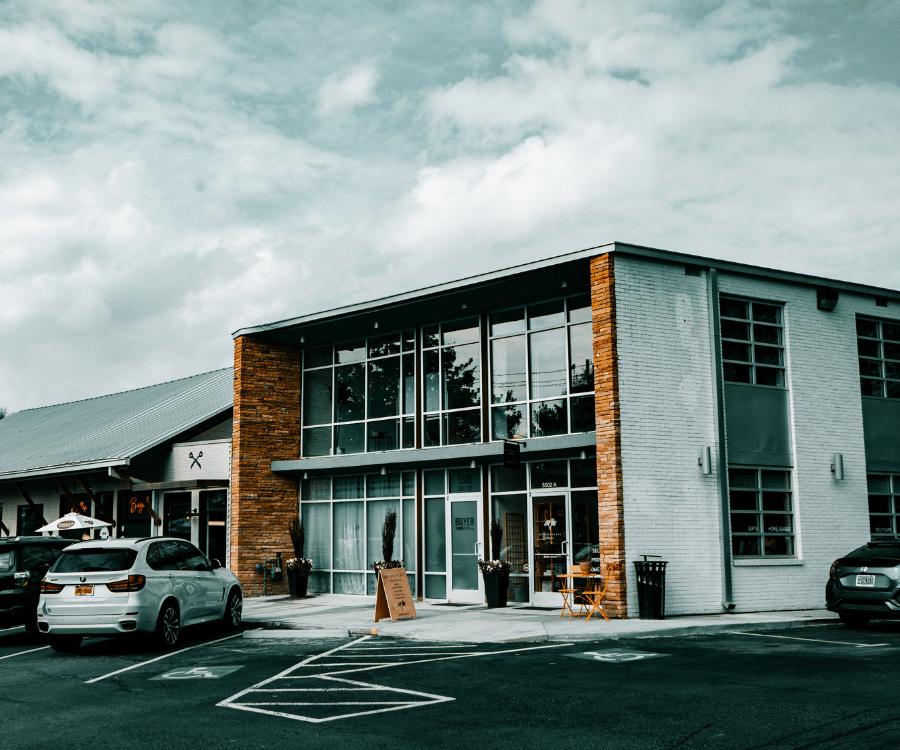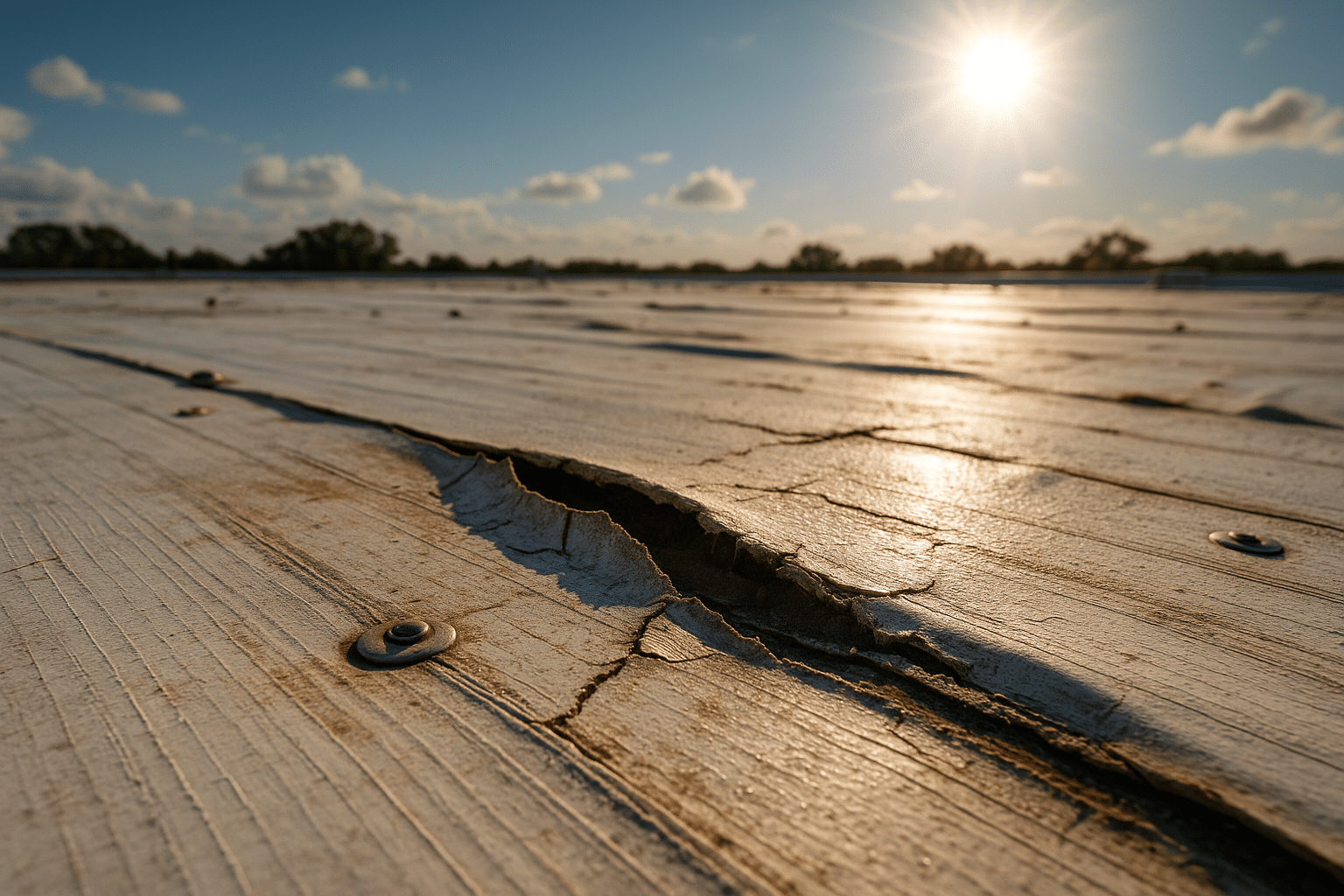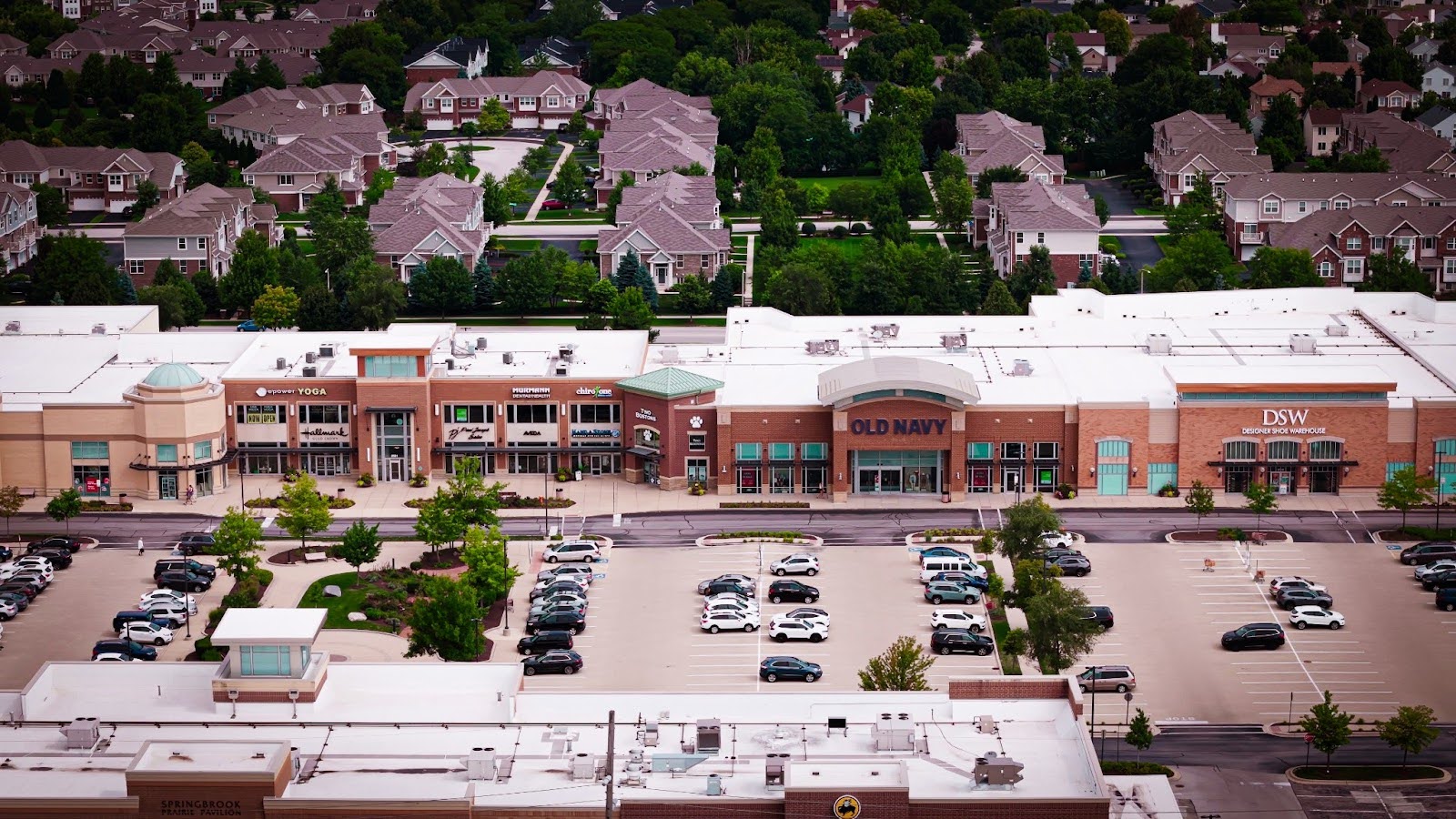Did you know that the type of commercial roofing you choose can significantly impact your business’s operational efficiency and long-term maintenance costs? The choice of roofing is not merely a matter of aesthetics; it plays a crucial role in protecting your assets from the elements, influencing energy efficiency, and maintaining property value. In this comprehensive blog post, we will explore the various types of commercial roofs available today, their benefits, drawbacks, and the specific considerations you should be aware of when selecting the right roofing solution for your commercial property.
1. TPO (Thermoplastic Polyolefin) Roofing
TPO roofing has gained immense popularity in recent years for commercial buildings due to its energy efficiency and durability. TPO membranes are designed to reflect heat away from the building, reducing energy consumption and cooling costs.
Advantages:
- Energy Efficiency: High reflectivity reduces cooling costs.
- Cost-Effective: Lower material costs compared to other roofing systems.
- Environmentally Friendly: Made from recyclable materials.
Disadvantages:
- Installation Sensitivity: If not installed properly, seams may open up, leading to leaks.
- Physical Damage: While durable, TPO can be susceptible to punctures from debris and foot traffic.
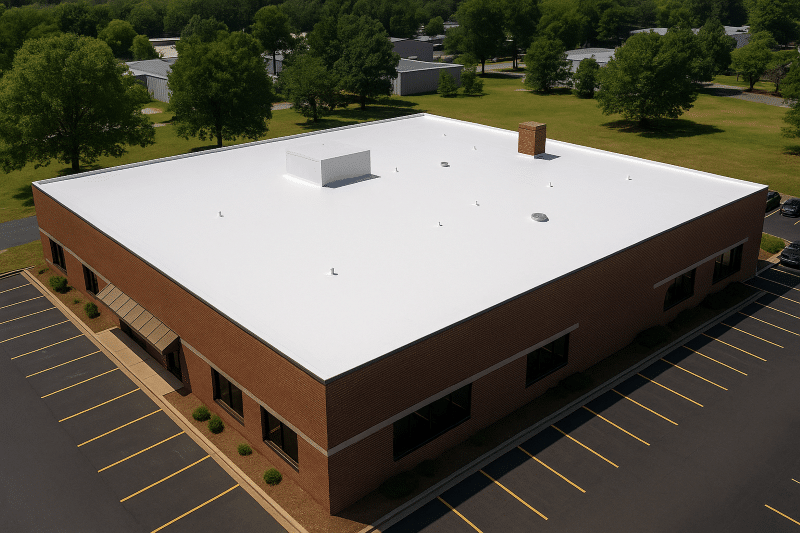
2. EPDM (Ethylene Propylene Diene Monomer) Roofing
EPDM is another popular choice, particularly for low-slope roofs. This rubber roofing membrane is known for its robustness and resilience against weathering.
Advantages:
- Longevity: EPDM roofs can last for 30 years or more when maintained correctly.
- Flexibility: The material can expand and contract without damage, making it suitable for various weather conditions.
- Cost-Effective Maintenance: Minimal maintenance is needed over its lifespan.
Disadvantages:
- Appearance: The black color can absorb heat, making it less ideal for energy efficiency in warmer climates.
- Seam Vulnerability: Like TPO, it requires proper installation to prevent seam separation.

3. Flat Roofing Systems
Flat roofs are typical for many commercial buildings due to their space-saving design and ease of maintenance. However, they also require careful drainage considerations to prevent leaks and water pooling.
Advantages:
- Usable Space: Can serve as roof gardens or additional usable space for HVAC units.
- Accessibility: Easier and more cost-effective to maintain compared to pitched roofs.
- Cost-effective Construction: Simpler design means lower construction costs.
Disadvantages:
- Drainage Issues: Flat roofs must be designed with effective drainage systems to prevent ponding water.
- Shorter Lifespan: Depending on the materials used, flat roofs may require more frequent repairs or replacements.
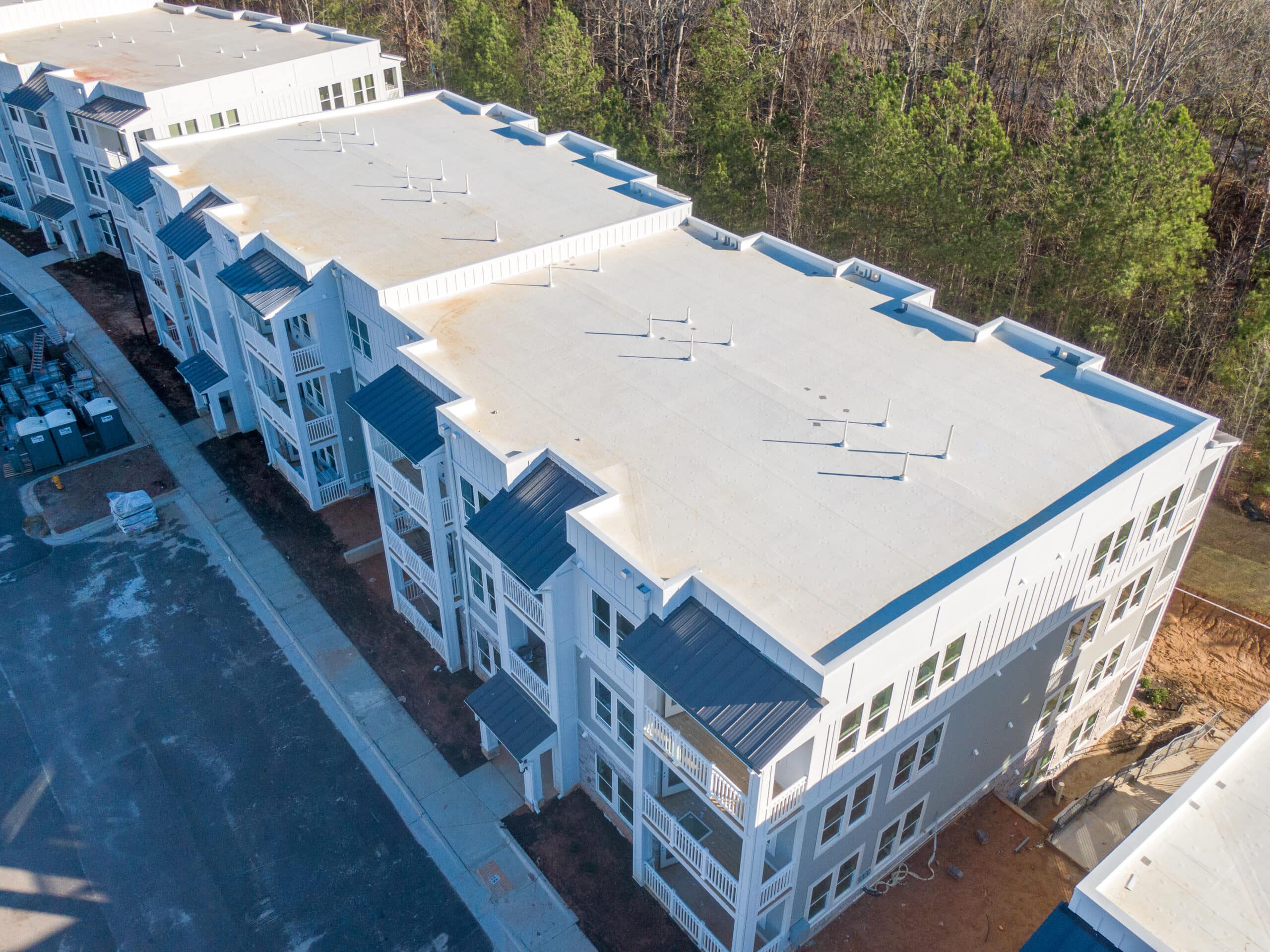
4. Metal Roofing
Metal roofing, which comes in various materials such as steel, aluminum, and copper, offers exceptional durability and protection against the elements.
Advantages:
- Longevity: Can last anywhere from 40 to 70 years.
- Fire Resistance: Metal roofs offer excellent protection from fire, as most materials are non-combustible.
- Sustainable: Many metal roofing products contain recycled content and are recyclable at the end of their life.
Disadvantages:
- Higher Initial Cost: Although metal roofs save money over time, the initial investment is higher than some other roofing systems.
- Noise: Metal roofs can be noisier during heavy rain or hail without proper insulation.
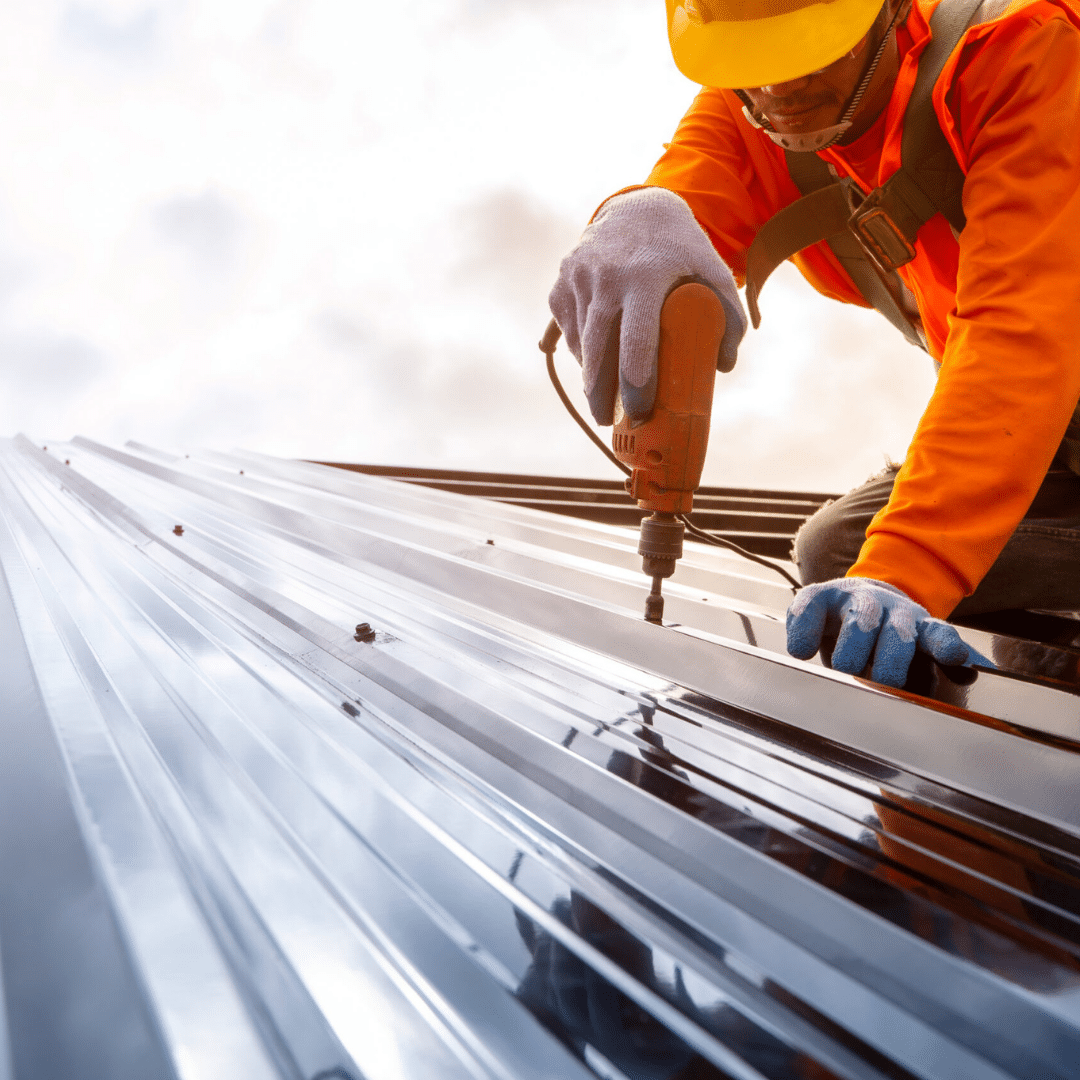
5. Built-Up Roofing (BUR)
A traditional option, built-up roofing consists of layers of asphalt, felt, and aggregate which create a tough, waterproof surface
Advantages:
- Cost-effective: Generally, one of the more budget-friendly options for flat roofs.
- Durability: Can withstand harsh weather conditions with fewer chances of leaks.
- Thermal Resistance: Offers good insulation properties.
Disadvantages:
- Labor-Intensive Installation: Requires specialized skill for proper installation and maintenance.
- Heavy Weight: The multiple layers can be cumbersome and necessitate structural considerations.

6. Green Roofing Solutions
Green roofs—also known as living roofs—are becoming increasingly popular for both environmental and aesthetic benefits. These systems incorporate vegetation, providing energy benefits and improving air quality.
Advantages:
- Energy Efficient: Plants provide natural insulation, lowering energy costs.
- Environmental Impact: Green roofs contribute to city biodiversity and reduce stormwater runoff.
- Enhanced Aesthetics: They can transform unattractive rooftops into visually appealing spaces.
Disadvantages:
- Maintenance Needs: Depending on the plant species used, green roofs can require substantial maintenance.
- Higher Initial Costs: The installation cost is typically more than traditional roofing systems due to additional layers and soil layers.
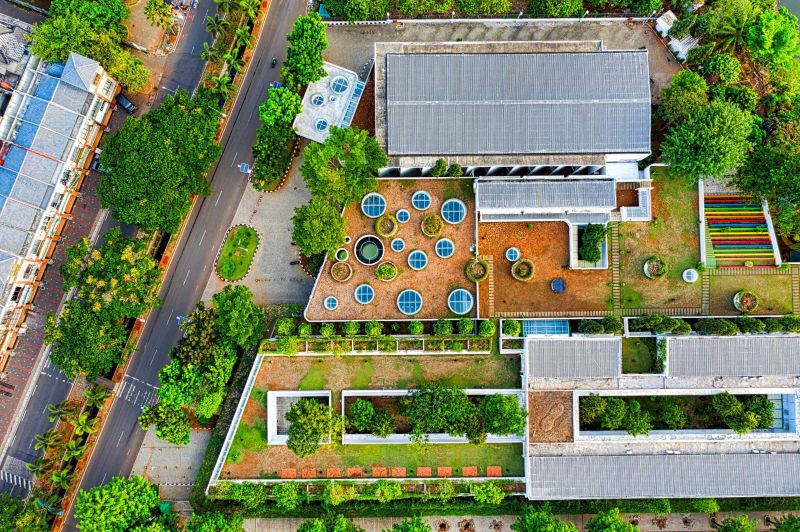
What to Consider When Choosing Your Commercial Roof
Selecting the right roofing type for your commercial property is a critical decision that needs careful consideration. Here are the factors you should keep in mind:
- Climate: Consider the weather conditions in your area. Energy-efficient options are essential in warmer climates, while durable roofs are crucial for regions with harsh winters.
- Budget: Determine your budget for both installation and long-term maintenance costs.
- Building Structure: Consider your building's design and existing infrastructure when choosing the roofing system.
- Longevity and Maintenance: Evaluate the expected lifespan and maintenance requirements of each roofing type.
- Local Regulations: Check city and state regulations regarding roofing materials and structures that may influence your choice.
So What’s Next?
Making an informed choice about your commercial roof is vital; understanding the options available can save you headache, time, and money down the road. By partnering with experienced professionals and considering all aspects of your roofing decision, you’ll pave the way for a robust solution that enhances your building’s value and longevity.
If you have specific needs regarding your roofing solutions or want to learn more about differing roofing types, don’t hesitate to reach out!

